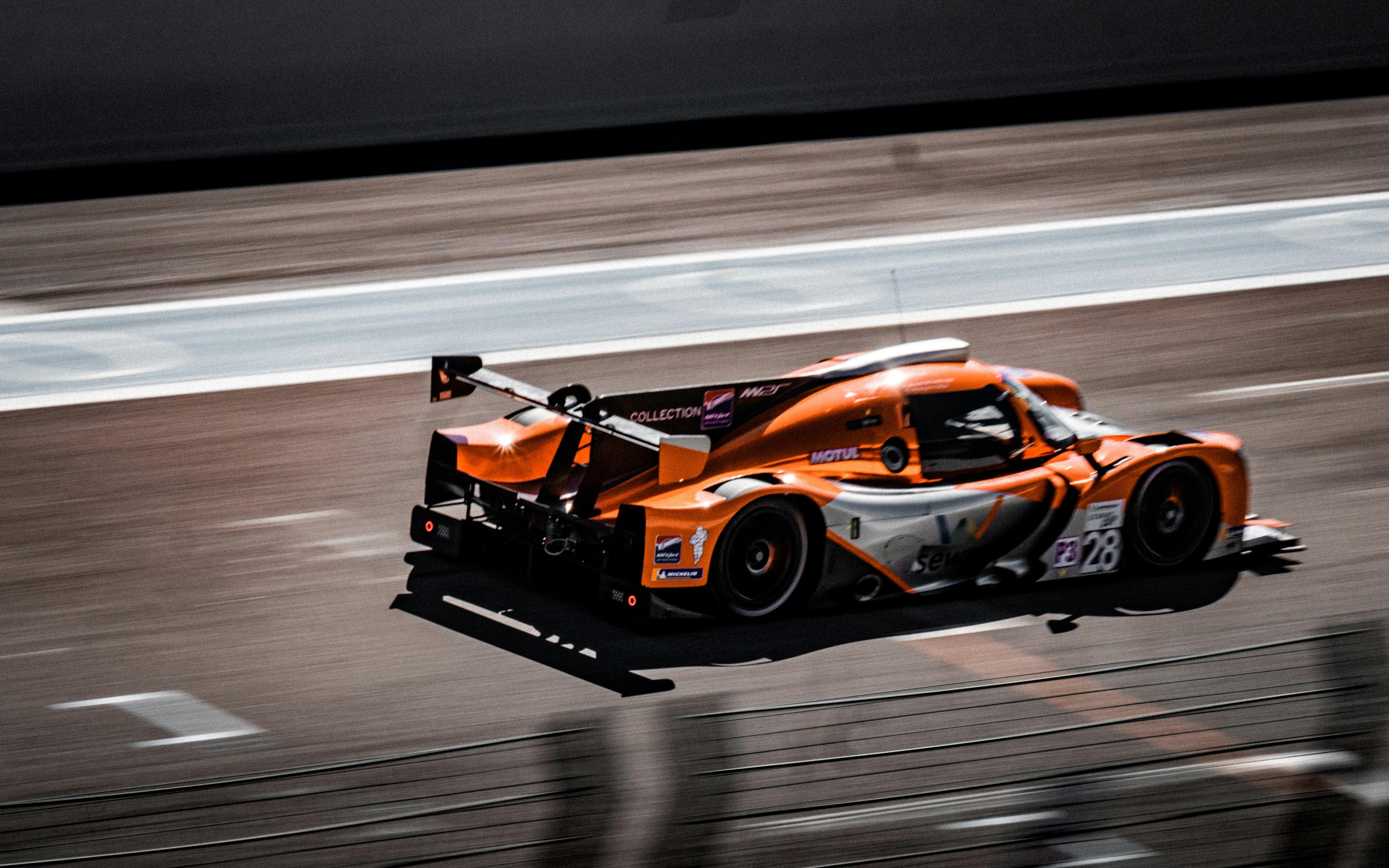franchise-in-diverse-casting/” title=”The Cultural Significance of The Fast and the Furious Franchise in Diverse Casting”>The Fast and the Furious franchise, with its high-octane action sequences and adrenaline-pumping car chases, has captivated audiences worldwide for over two decades. Lauded for its celebration of diverse cultures and its ensemble cast representing various ethnic backgrounds, the series has become a cultural phenomenon that transcends geographical boundaries. However, beneath the roaring engines and gravity-defying stunts lies a more complex narrative that warrants critical examination. As the franchise continues to expand its cinematic universe, questions arise regarding whether its portrayal of diversity genuinely challenges racial and cultural stereotypes or inadvertently reinforces them. This article delves into the nuanced layers of representation within The Fast and the Furious films, exploring the fine line between inclusivity and the perpetuation of age-old stereotypes.
Representation versus Stereotype in Diverse Casting
The debate surrounding the balance between representation and stereotype in the casting of the Fast and the Furious franchise is complex. While the series has been praised for its diverse ensemble, critics argue that this diversity sometimes leans into stereotypical portrayals rather than authentic representation. The inclusion of characters from various ethnic backgrounds offers visibility, yet the narrative often falls back on clichéd traits associated with these groups, such as the portrayal of Hispanic characters as fiery or African American characters as streetwise.
- Pros: The franchise does provide a platform for actors from underrepresented groups, giving them roles in a major Hollywood production.
- Cons: The risk of reinforcing existing stereotypes rather than dismantling them can perpetuate harmful narratives about these communities.
In striving for inclusivity, it becomes crucial for filmmakers to ensure that characters are not merely tokens or caricatures but are given depth and individuality. This approach not only enriches the storytelling but also honors the real-life diversity it seeks to reflect.

Analyzing Cultural Depictions and Their Impact on Audiences
The Fast and the Furious franchise has been lauded for its commitment to diverse casting, featuring a wide array of characters from various ethnic backgrounds. However, this diversity raises questions about whether these portrayals reinforce existing stereotypes. While the films offer representation, they often package characters within familiar cultural tropes, potentially impacting audience perceptions. For example, characters of Asian descent are frequently depicted as tech-savvy or involved in organized crime, while Latino characters are often shown as hot-headed or involved in street gangs.
Critics argue that these portrayals can contribute to a limited understanding of the represented cultures, perpetuating oversimplified views. The impact on audiences can be subtle yet significant, influencing how different ethnic groups are perceived in real life. Consider the following points:
- Character Archetypes: Are the roles given to minority characters multifaceted or do they conform to existing stereotypes?
- Narrative Importance: Do these characters drive the story forward, or are they relegated to supporting roles?
- Audience Interpretation: How do audiences from different backgrounds perceive these portrayals?
By examining these elements, we can better understand the delicate balance between representation and stereotype reinforcement in media.
The Role of Stereotypes in Character Development
In the cinematic universe of The Fast and the Furious, the use of stereotypes in character development is both a point of contention and a storytelling device. On one hand, these stereotypes can serve as a shorthand to quickly establish characters, allowing audiences to immediately understand their motivations and backgrounds. For instance, the franchise often depicts the tech-savvy hacker, the stoic leader, and the impulsive daredevil, which, while recognizable, can sometimes feel reductive. However, by leaning on these familiar tropes, the films risk reinforcing existing stereotypes rather than challenging or subverting them.
- Cultural Stereotypes: Characters from diverse ethnic backgrounds are often depicted with attributes that are stereotypical of their culture, which may lead to oversimplification of complex identities.
- Gender Roles: The franchise has been criticized for its portrayal of women, who, while strong and capable, are frequently relegated to secondary roles or defined by their relationships with male characters.
- Personality Archetypes: Characters often fit into classic archetypes like the ‘rebel’ or the ‘mentor,’ which, while effective for storytelling, can limit the depth and evolution of character arcs.
While these elements contribute to the franchise’s global appeal and accessibility, they also invite critical examination of how character depth can be sacrificed for narrative convenience. In a series celebrated for its diversity, there’s a delicate balance between leveraging stereotypes for relatability and advancing nuanced, multi-dimensional character portrayals.

Recommendations for Authentic Representation in Future Installments
To ensure that future installments of the Fast and the Furious franchise move beyond reinforcing stereotypes, a few key recommendations can be considered. Firstly, engage cultural consultants during the scriptwriting and production phases to provide insights and guidance on authentic representation. These experts can help avoid cultural missteps and ensure that characters are portrayed in a nuanced and respectful manner.
Moreover, it’s crucial to prioritize diverse voices behind the camera as well. This includes hiring directors, screenwriters, and producers from varied backgrounds who can bring their unique perspectives to the storytelling process. Additionally, create opportunities for actors to contribute to character development, allowing them to share their experiences and insights to shape more authentic and multidimensional roles. By incorporating these strategies, the franchise can better reflect the richness and complexity of the diverse communities it aims to represent.
The Way Forward
the Fast and the Furious franchise stands at a complex intersection of representation and stereotype. While it undeniably brings diverse characters to the forefront of mainstream cinema, it also walks a fine line between celebration and perpetuation of stereotypes. The series has opened doors for actors of various ethnic backgrounds and has created a global fanbase that appreciates its multicultural cast. However, it is crucial for filmmakers to remain vigilant about the narratives they are crafting. By ensuring that characters are portrayed with depth and authenticity, the franchise can continue to evolve and contribute positively to the discourse on diversity in Hollywood. As audiences become increasingly aware and critical of representation in media, the responsibility lies with creators to balance entertainment with thoughtful and nuanced storytelling. Ultimately, the Fast and the Furious franchise has the potential to drive change, but it must navigate these complexities with care and intention.
